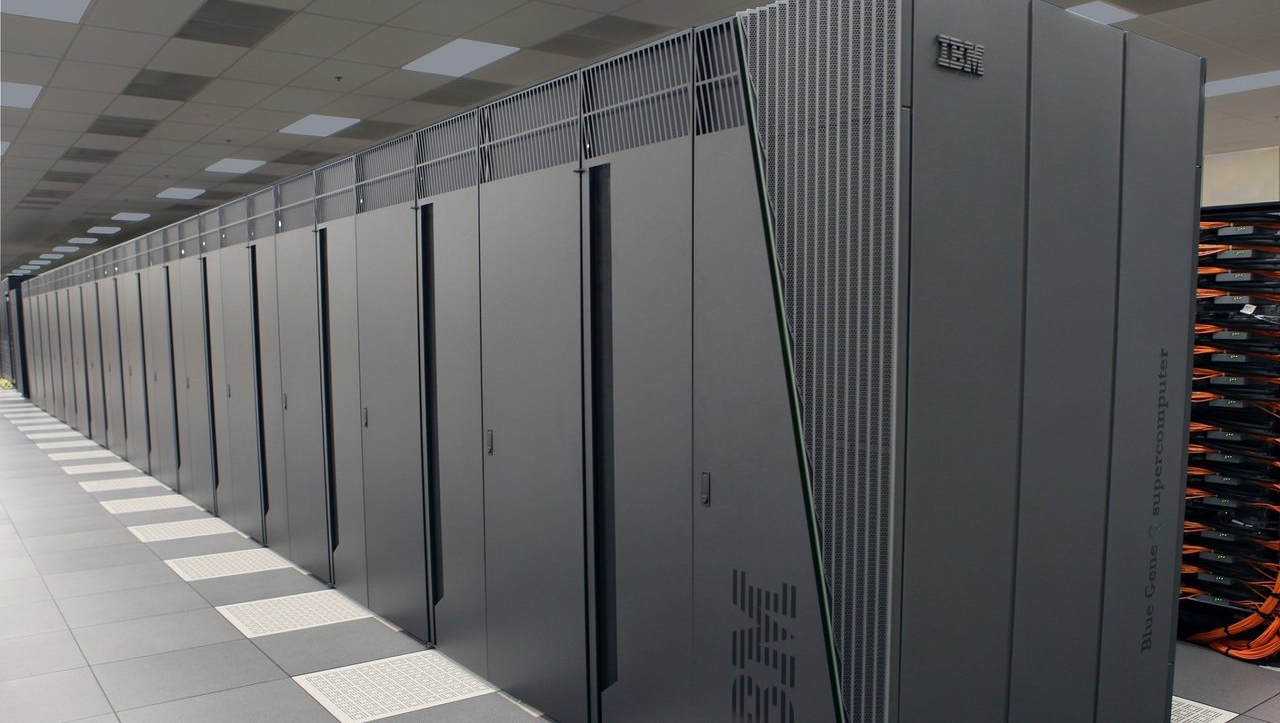BUSINESS INTELLIGENCE AND BIG DATA
From the present to the future.
BI / BIG DATA
TYPICAL POSITIONS:
- Consultant Business Intelligence (BI)
- Data Analyst & Business Intelligence Expert
- Business Intelligence Spezialist
- Senior Consultant Business Intelligence
- Senior Business Intelligence Analyst
- Senior - Berater Business Intelligence / Data Warehouse
- Big Data Analyst / Data Scientist
- Big Data Engineer
- Senior Consultant Analytics & Information Management
- Big Data Solution Architect
- Big Data Architect
- Senior Consultant / Big Data Engineer
- Big Data DevOps Engineer
- Senior Consultant/Architect BI und Big Data
- Manager - Big Data Operations
Business Intelligence (BI)
Today, companies face challenges that require quick action. This is where business intelligence (BI) comes in, with the goal of supporting decision-making in companies.
Business Intelligence (BI) has now established itself on the market, but there are still different opinions about how the term should be interpreted. A first definition goes back to the analyst Howard Gardner. He defined BI as a process that transforms data into information and this in turn by applying experience to knowledge. This classic approach therefore includes all processes and systems with which market, competitive and company data can be systematically analyzed.
Another definition describes BI from an IT-based and company-specific point of view. According to this definition, BI means decision-oriented collection, processing and presentation of business-relevant information. A dashboard is generally used for data visualization.
The following aspects are included in this definition:
- decision Orientation
- Collection of data using data mining methods
- Preparation of data
- Presentation of business-relevant information (data visualization via dashboard)
Business intelligence in companies
The concept of the data warehouse was developed in the 1990s. In a data warehouse, data is stored in a central database. This company-wide data storage enables the interactive analysis of all collected data. The company can then use the results of the analysis to make decisions. As central data management, the data warehouse still forms the basis for business intelligence.In the meantime, BI is not only used by large companies, but increasingly also by medium-sized companies.
As an analytical information system, BI is based on the operative company systems. The area of application of a BI system extends across the entire management level and reaches upper, middle and lower management. In general, support from the BI system is based on online analytical processing (OLAP). This makes the data immediately available for reporting. In addition, both individual and ad hoc reports can be created. Since several dimensions are displayed simultaneously using an OLAP cube, these can also be combined with one another for analysis.
Big Data
The mountain of data available on the Internet and in companies - this fact is described as big data - is getting bigger, more confusing and difficult to process. Ever more technologically sophisticated tools and programs should tame the flood of data.
The term big data comes from the English-speaking world. Only perceived as a phenomenon or as hype, the experts now summarize two aspects under this term. Accordingly, on the one hand, he describes the ever rapidly growing amounts of data; on the other hand, it is also about new and explicitly powerful IT solutions and systems with which companies can process the flood of information in an advantageous manner - keyword machine learning. In particular, unstructured data - for example from social networks - make up a not inconsiderable part of the mass data. In this regard, grid computing now offers a special form of distributed computing, which enables computing and data-intensive data processing.
A new era of digital communication
In Germany, the word creation big data is often used as a collective term for modern digital technology. But the focus is not only on the amount of digital data itself. Rather, big data and the associated digitization also have a lasting impact on the collection, use, exploitation, marketing and, above all, analysis of digital data. In this regard, this name now stands for a completely new era of digital communication and corresponding processing practices. In social terms, this fact is even held responsible for fundamental social change - or upheaval.
POPULAR EMPLOYERS (A-Z):
- Accenture
- Adjust
- Adobe
- Alation
- Alexander Thamm
- All for one Steeb
- Alpine Data Labs
- Alteryx
- Amazon Web Services
- Arcplan
- Atos
- AWS
- Axians IT Solutions (FuM)
- Bearing Point
- Big Panda
- Blue Yonder
- Board
- Bosch SI
- BT
- Capgemini
- Cisco
- Cogito
- Computacenter
- CSC
- Cubeware
- Datameer
- Datapine
- Dell / EMC
- Deloitte
- Deutsche Telekom
- Device Insight
- Empolis
- Exasol
- FIT
- fluidOps
- Fujitsu
- Google
- HPE
- IBM
- Informatica
- Information Builders
- Jedox
- Microsoft
- MicroStrategy
- Mu Sigma
- NorCom
- New Relic
- OpenText
- Oracle
- Pentaho
- pmOne
- PTC
- PwC
- Qlik
- Salesforce
- SAP
- SAS
- Sinequa
- SiSense
- Software AG
- Sopra Steria
- Splice Machine
- Splunk
- Striim
- Tableau
- Talend
- Teradata GmbH
- TIBCO
- Thoughtworks
- Ubermetrics
- *um
- VMware









